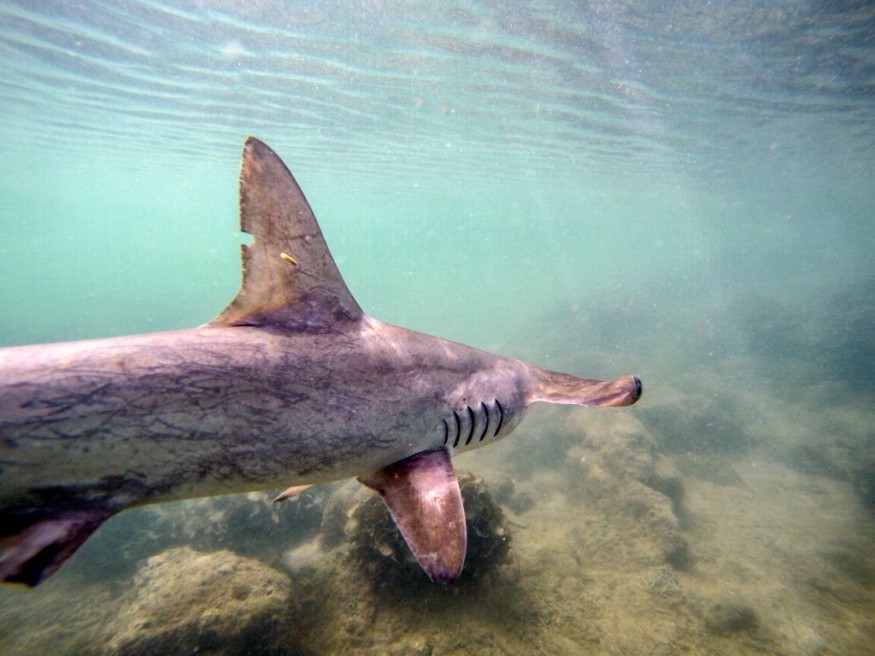Scalloped hammerhead sharks managed to hold their breath underwater to stay warm to hunt for successfully potential prey, according to researchers.
Aquatic animals showed amazing ways to adapt to their environment for survival or existence, from looking for possible prey to evading predators.
In a new report, researchers discovered that scalloped hammerhead sharks were found to apply a unique way to catch prey.
More about scalloped hammerhead sharks

According to Oceana, scalloped hammerhead sharks are active predators in the ocean, with noticeable hammerhead-like shapes.
The report noted that hammerhead sharks have sensory cells that can easily look or sense for potential prey.
Unlike other sharks or species, the report explained that the scalloped hammerhead sharks are considered shy, making it more difficult for scientists to conduct studies and monitoring.
Although the said sharks are predators, they are also under threat and population decline.
Oceana added that the scalloped hammerhead sharks are said to be endangered.
Holding breath in hunting prey underwater
The report was also published on the Phys.org website.
In addition, the research was published in the Science conducted by researchers from University of Hawai'i at Mānoa.
Researchers said the scalloped hammerhead sharks' behavior revealed an unobserved insight, noting that they could hold their breath to look for marine animals.
Also Read : Sharks, Rays Declining Population Raises Concerns Over Impact on Ecosystems, Coastal Communities
According to a report published in Phys.org, lead author Mark Royer noted that the discovery was a complete surprise, adding that the said hammerhead sharks could possess a unique skill.
Royer is also a researcher from the Hawai'i Institute of Marine Biology's (HIMB) Shark Research Grou.
Furthermore, the researchers added that unobserved shark behavior revealed that they could have feeding strategies to survive.
Meanwhile, Oceana said the scalloped hammerhead sharks could track their prey due to their nostrils and widely spaced eyes.
The researchers noted that the sharks' grill has natural radiators as scalloped hammerhead sharks can hold their breath in hunting prey.
The radiators can help cool the muscle and blood of scalloped hammerhead sharks.
Although sharks are known underwater their unique ability to adapt to water is found effective, noting how sharks potential ability managed to evolved due to the changing environment.
According to the study published in Science, the researchers noted that the scalloped hammerhead shark was discovered to thrive in unusually warmer waters or environments, reaching about 800 meters.
The researchers discovered the shark's ability after they measured the species' temperatures and activity levels underwater.
As a result, the researchers discovered that scalloped hammerhead sharks could cool their muscles, maintaining their bodies warm in deep dives.
The report added that the discovery of the hammerhead sharks helped to improve the knowledge about the sharks species.
As mentioned, the scalloped hammerhead sharks are endangered. It is not considered endangered in Hawaii.
While they are known as successful predators, scalloped hammerhead sharks are no strangers to threats, including habitat loss and overfishing.
As a result, monitoring the species' population decline is essential.
Related Article : Fiber-Optic Cables Can Become Effective in Whales Real-Time Tracking And Recording, Report Shows
For more similar, don't forget to follow Nature World News.
© 2025 NatureWorldNews.com All rights reserved. Do not reproduce without permission.





